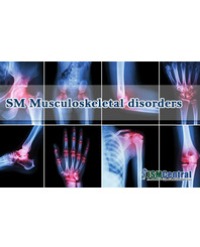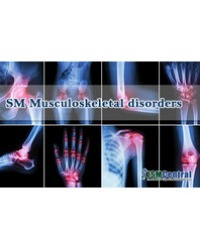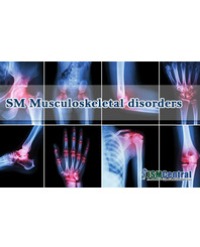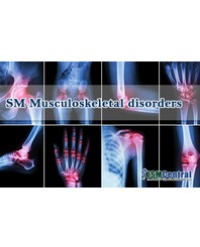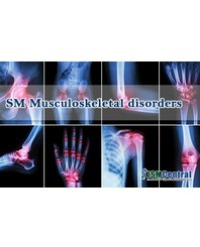Background:
The clinical syndrome of “tennis leg” is often associated with a calf hematoma and was originally ascribed to a ruptured plantaris tendon. Recent publications have demonstrated a much higher association of myotendinous injuries of the Medial Head of the Gastrocnemius (MHG), with infrequent injuries to the plantaris, in the setting of calf hematoma. Nevertheless, a purported association between plantaris tendon rupture and calf hematoma persists in some literature and clinical discussions.
Hypothesis/Purpose:
The purpose of our study is to evaluate whether a hematoma or fluid collection between the soleus and MHG muscles after trauma may be caused by an isolated plantaris tendon tear.
Study Design:
Cross-sectional study.
Methods:
IRB approval was obtained for this retrospective review. An institutional radiology database search for MRI examinations of the calf performed over a ten year period returned 710 MRI examinations, 67 of which demonstrated an interfascial hematoma, fluid collection or edema between the MHG and soleus muscles. Each MRI was scrutinized by two fellowship trained musculoskeletal radiologists for integrity of the plantaris, gastrocnemius, and soleus myotendinous structures and intervening fascia. Discrepancies were resolved by consensus.
Results:
62 of the 67 cases demonstrated a visible plantaris tendon and hematoma, fluid collection, or edema interposed between the soleus and MHG muscles. The plantaris was not visible and was presumed to be congenitally absent in five cases. Of the remaining 62 cases, the MHG was abnormal in 62/62 (100%) cases and the plantaris tendon was abnormal in 3/62 (4.8%) cases. Isolated injury to the MHG was observed in 59/62 (95.2%) cases; isolated injury to the plantaris tendon was not observed in any cases (0%).
Conclusion:
Our results demonstrate no association between a hematoma, fluid collection, or edema between the soleus and MHG muscles and a plantaris tendon tear. In concert with previous studies, our results support gastrocnemius injuries as the causative etiology of a calf hematoma in this location following acute trauma.
Clinical Relevance:
A hematoma interposed between the soleus and MHG muscles following acute trauma is not associated with plantaris tendon tears; this historical association should be abandoned.
What is known about this subject:
Medial head gastrocnemius muscle injury is more common than plantaris tendon injuries in cases of “tennis leg.”
What this study adds to existing knowledge:
A hematoma between the soleus and MHG muscles following trauma is not attributable to isolated plantaris tendon injury. In cases of tennis leg, even when the plantaris tendon is injured, a hematoma between the soleus and MHG muscles is attributable to concurrent gastrocnemius injury.
Leah Davis*, Ryan Fajardo and Jeffrey Knake
